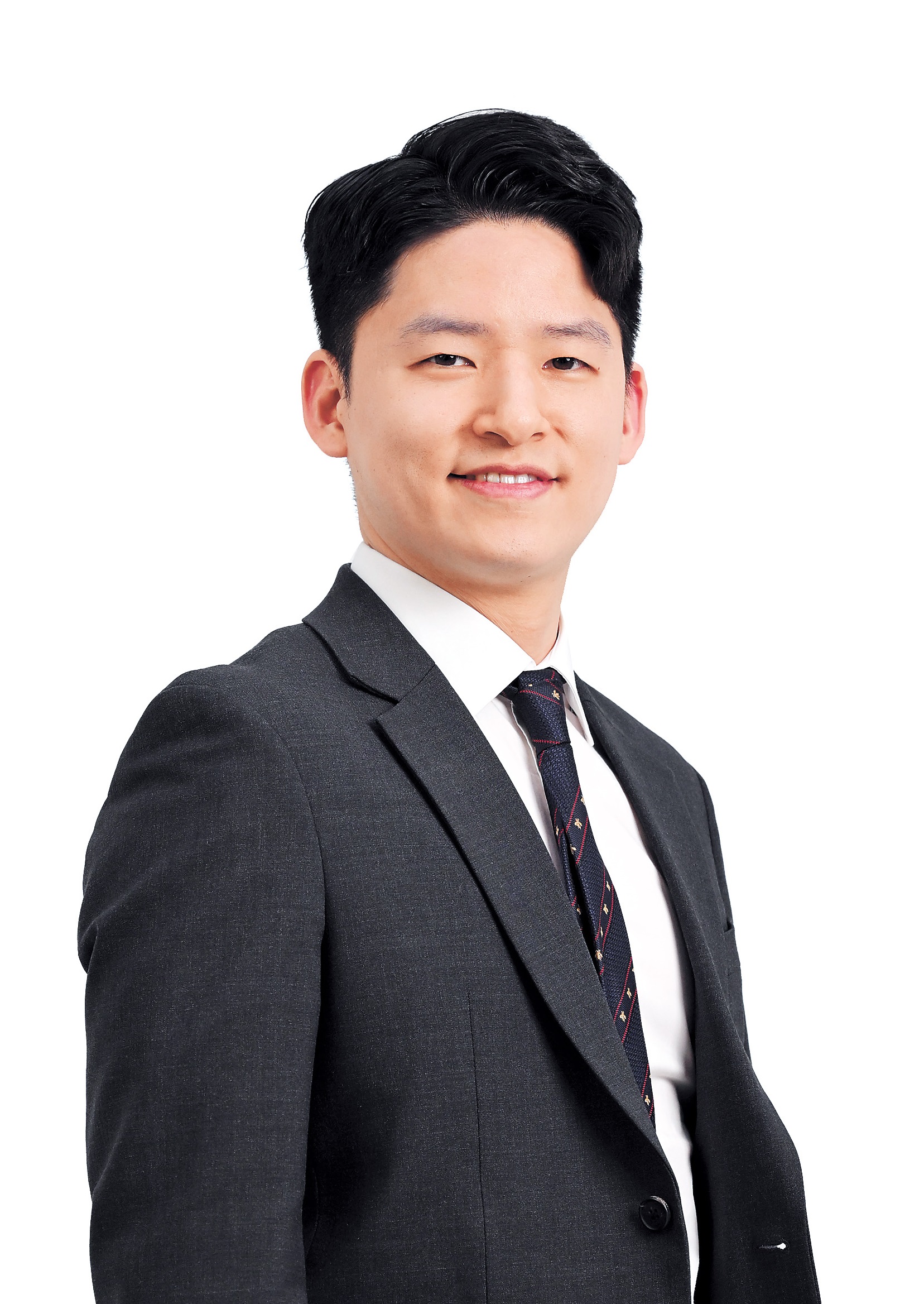[KH Explains] Are China-made batteries being fairly criticized for Mercedes EV fires in Korea?
Experts cautious about nationalist approach, citing carmakers’ push for supply chain diversification
By Moon Joon-hyunPublished : Aug. 14, 2024 - 15:45

“Our Mercedes-Benz customers are upset, and some are canceling their EV reservations. They’re saying, ‘How can you use cheap Chinese batteries in a luxury car?’ They’re angry because they feel betrayed,” said a manager at a Mercedes-Benz dealership in Korea.
This backlash stems from the revelation that the battery in a Mercedes electric vehicle that led to a major fire in an Incheon apartment underground parking lot on Aug. 1 was made by Farasis Energy, a relatively unknown Chinese manufacturer.
Fears of China-made batteries
The narrative that Chinese batteries are inferior or unsafe compared to their Korean counterparts has gained traction, but industry experts argue that this perception is largely misguided. They point out that concerns should focus less on the country of origin and more on the specific battery type and technology involved. The simplistic labeling of Chinese batteries as “cheap and dangerous” versus Korean batteries as “high-quality and safe” could even be detrimental to the Korean battery industry, especially given the complexity of the global supply chain.
Following the Incheon fire, there has been a push for greater transparency in EV battery sourcing. Several automakers, including Hyundai-Kia and Mercedes-Benz, have started publishing their battery suppliers and even offering free inspections for their EVs. The Korean government also urged all EV manufacturers to disclose this information on Tuesday. As of Wednesday, Kia, KG Mobility, BMW Korea, Volkswagen Korea, Audi Korea, Volvo Cars Korea, Polestar and Stellantis Korea have followed suit, revealing their battery suppliers.

Mercedes-Benz’s supplier list, for instance, detailed 29 different configurations across 16 EV models from 2020 to 2025. These configurations involve a mix of suppliers, including 12 configurations with CATL, eight with Farasis, seven with SK On and two with LG Energy Solution. This supplier diversity reflects a common strategy among automakers to avoid over-reliance on a single source to ensure supply stability.
Despite this, the reaction among EV owners or potential EV buyers might have become skewed, focusing too much on whether a battery is from China or Korea rather than on the specific manufacturer and the type of battery technology being used. For example, the Mercedes-Benz vehicle that caught fire was equipped with a Farasis NCM, or nickel-cobalt-manganese battery -- a ternary lithium-ion battery known for high energy density but also a higher risk of thermal runaway, leading to potential fires.
It is crucial to note that such ternary lithium-ion batteries, regardless of the manufacturer, inherently carry greater fire risks than lithium-iron-phosphate, or LFP, batteries due to their chemistry.
Chinese companies like CATL, even though they mainly produce LFP batteries, also supply NCM batteries to leading automakers. For instance, Hyundai’s Kona EV and Niro EV, along with BMW’s iX1, iX3 and the now-discontinued iX xDrive40, all use CATL’s NCM batteries. While Chinese NCM batteries underperform compared to their Korean counterparts, no solid evidence suggests they are significantly less safe or more fire-prone.

“Farasis did have a recall in 2021 due to fire risks with their NCM batteries, but labeling all Chinese batteries as low-quality is just not accurate, especially when the Korean industry also relies on them. The Incheon fire investigation is still ongoing, and we can’t yet say if the Farasis battery was the cause -- it could be the vehicle’s battery management system or other factors,” said a Korean battery industry insider who requested anonymity.
“Also, most Chinese EV batteries are lithium-iron-phosphate batteries, which are theoretically safer than NCM batteries. It’s worth asking, who can guarantee that an EV equipped with a Korean battery won’t catch fire and cause a similar controversy?” he added.
Lesser-known supplier for a $75,000 Mercedes?
The question remains: why did a luxury automaker like Mercedes-Benz choose to source batteries from Farasis, the 10th largest battery manufacturer globally? The answer might lie in timing and necessity as well as cost-cutting.

A battery specialist from a global consulting firm who has worked with major Korean battery manufacturers suggested that Mercedes-Benz, unlike its European rivals Volkswagen and BMW, was late to the electrification shift. By the time it began securing battery suppliers, Korean companies like LG Energy Solution were already overwhelmed with commitments to competitors like Volkswagen and could not take on additional orders.
LG Energy Solution has been collaborating with Volkswagen on its MEB platform since 2016, a platform that underpins models like the ID.3 and ID.4. BMW similarly established a strong partnership with Samsung SDI early on, and SK On was not ready to supply NCM batteries at a large scale at that time, he said.
With limited options, Mercedes-Benz had little choice but to explore partnerships with Chinese companies. CATL, the largest Chinese battery manufacturer, was a natural first choice due to its established reputation and willingness to work with Mercedes. However, Mercedes-Benz needed to ensure a reliable, diversified supply chain, which led them to also consider secondary Chinese suppliers like Farasis.
Farasis, while not a top-tier player like CATL, was one of the few Chinese companies capable of producing NCM batteries that met Mercedes-Benz’s requirements.
“Only a few Chinese companies can produce high-density NCM batteries at the necessary quality level, and Farasis is one of them. While Farasis batteries are definitely cheaper, their technology is not significantly different from CATL’s. Given the circumstances, Mercedes-Benz didn’t have much of a choice,” the battery specialist said.



![[Breaking] Ruling party leader denounces Yoon's declaration of emergency martial law](http://res.heraldm.com/phpwas/restmb_idxmake.php?idx=644&simg=/content/image/2024/12/03/20241203050109_0.jpg&u=20241203225603)

![[Breaking] Assembly passes motion to revoke martial law](http://res.heraldm.com/phpwas/restmb_idxmake.php?idx=644&simg=/content/image/2024/12/04/20241204050007_0.jpg&u=20241204011847)












![[Today’s K-pop] Ive logs 300m views with ‘After Like’ music video](http://res.heraldm.com/phpwas/restmb_idxmake.php?idx=642&simg=/content/image/2024/12/03/20241203050093_0.jpg&u=20241203173544)